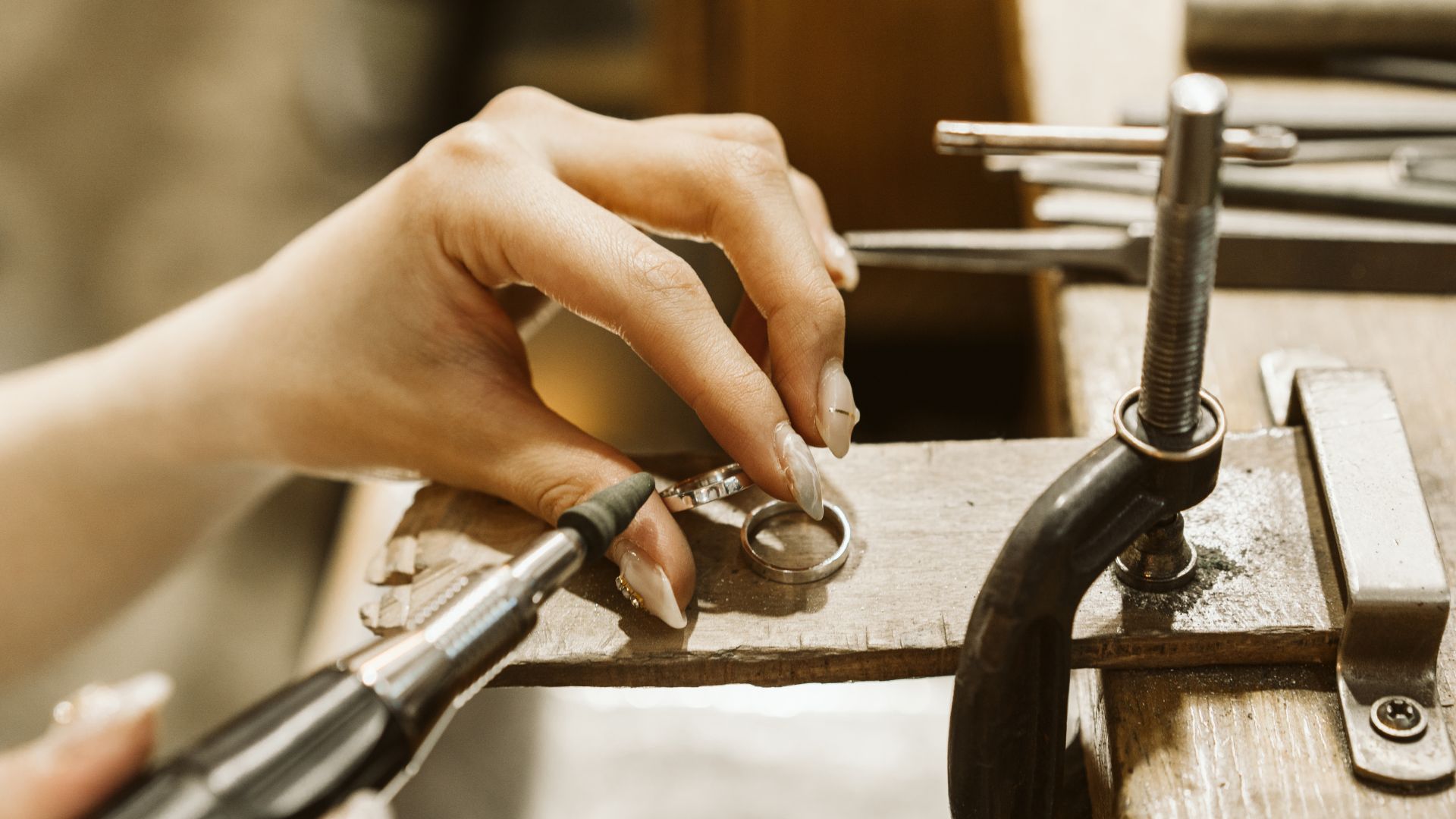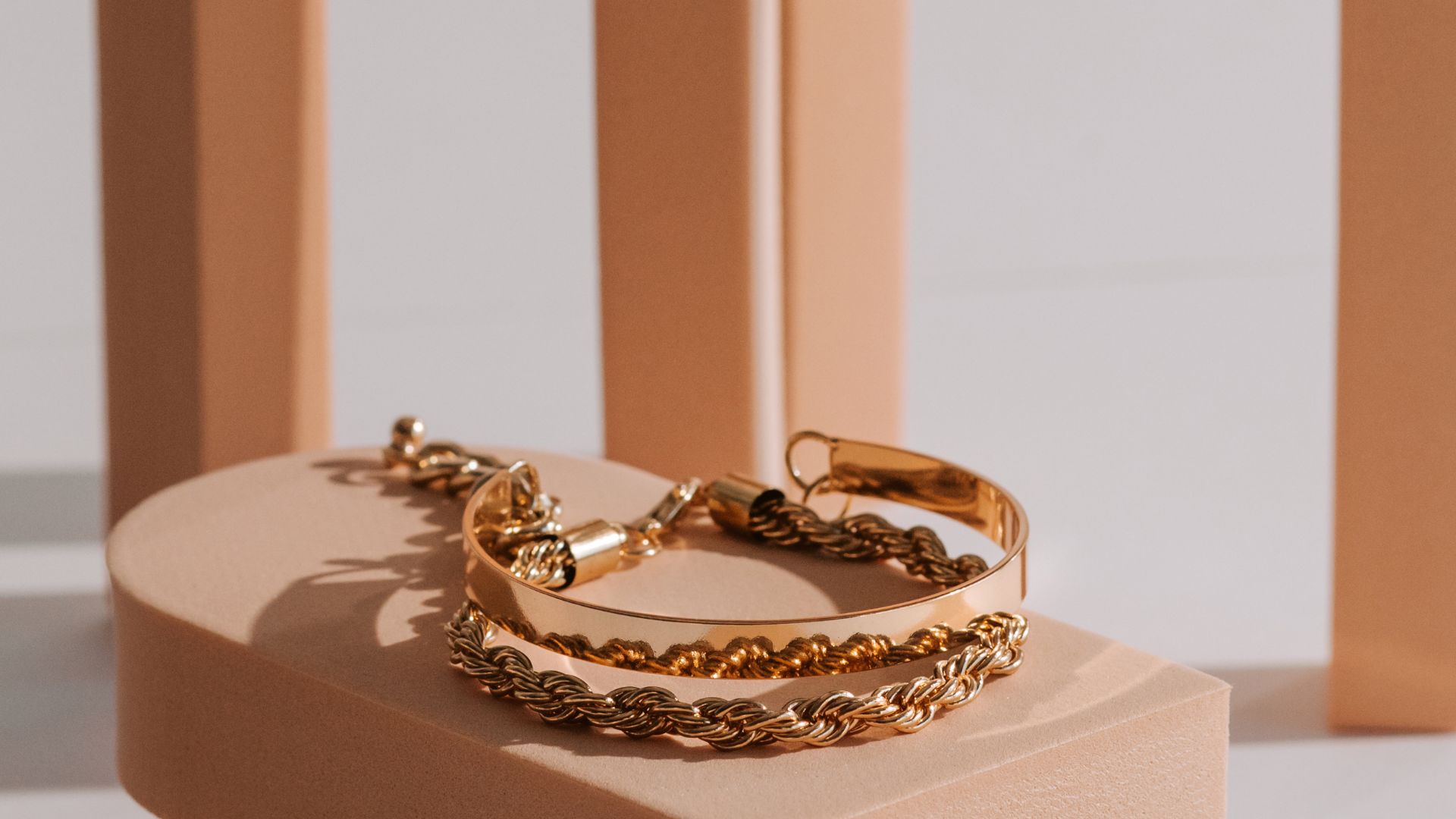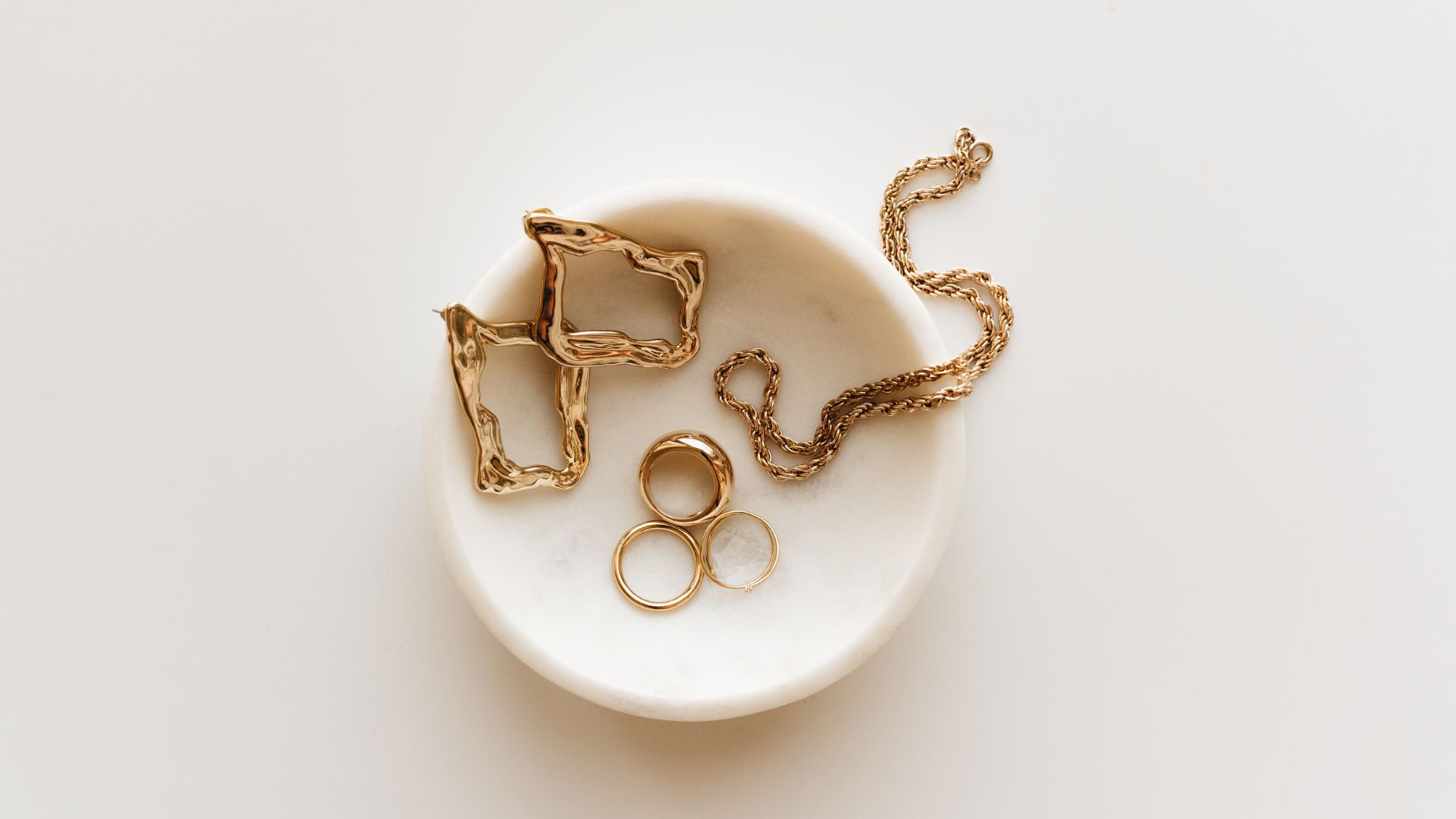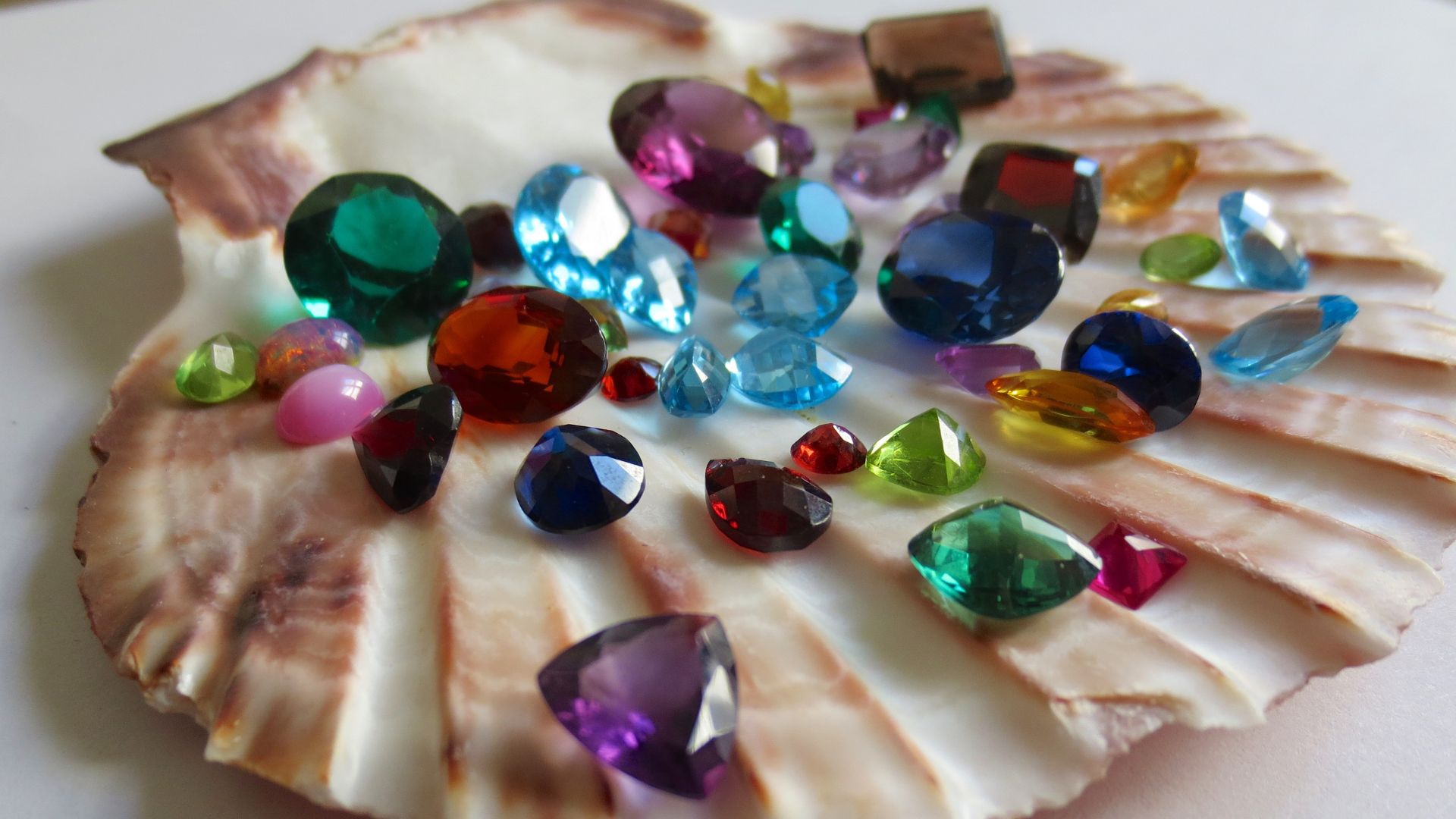
How to set gemstones into gold jewelry
Gemstones have always been a cherished element of jewellery. Whether it’s the deep blue of a sapphire, the vibrant green of an emerald, or the fiery sparkle of a diamond, gemstones add a touch of elegance, colour, and personality to any piece of jewellery. However, for gemstones to truly shine, they need to be set correctly into the metal, often gold, to ensure both beauty and security. Proper gemstone setting is an essential skill for any jeweller, as it not only enhances the piece but also protects the stone from damage.
In this article, we’ll explore the importance of gemstone setting, the various types of settings, essential tools and techniques, common challenges, and tips for creating long-lasting gemstone settings:
- The importance of gemstone setting in jewelry making
- Types of settings
- Tools and techniques
- Common challenges
- Tips for creating beautiful, long-lasting gemstone settings
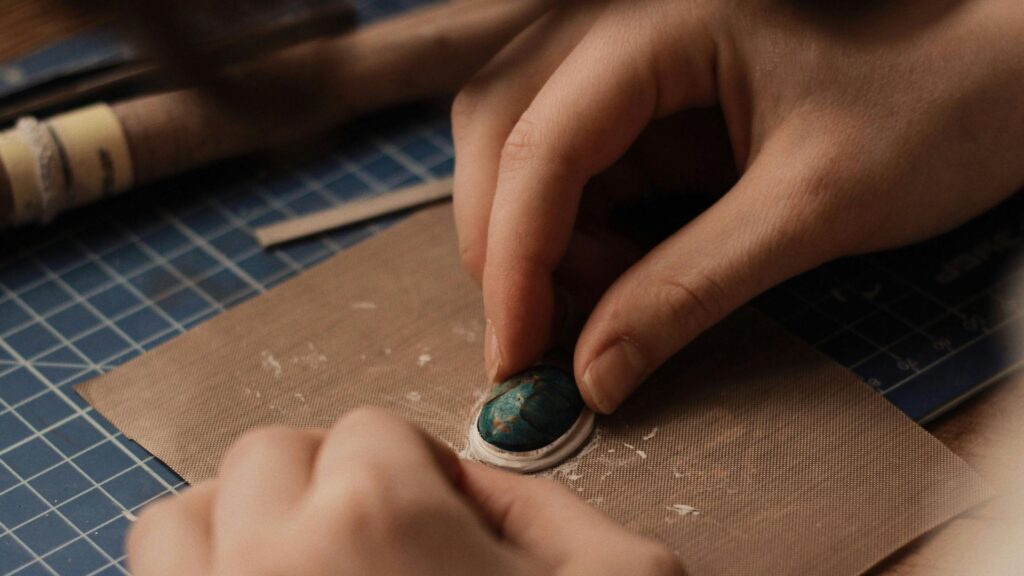
The importance of gemstone setting in jewelry making
Setting gemstones in jewellery is a delicate and precise process. The right setting not only highlights the gemstone’s beauty but also ensures it is securely held in place. A poorly set gemstone can lead to it becoming loose, damaged, or even lost.
“Gemstone setting is the art of capturing nature’s brilliance and securing it within a timeless frame, where beauty and craftsmanship meet.”
The setting plays an integral role in the overall design of the jewellery, influencing both aesthetics and functionality. Whether you’re working with diamonds, sapphires, rubies, or more delicate stones like opals or turquoise, the way a gemstone is set can dramatically affect the final piece. A well-set gemstone draws attention and makes the jewellery feel more refined, while a poorly set stone can detract from its beauty.
Types of settings
There are several different styles of gemstone settings in gold jewellery, each offering a unique look and level of security for the stone. Let’s take a closer look at the most common types of gemstone settings.
1. Prong setting
The prong setting is one of the most traditional and popular ways to set gemstones. In this setting, the gemstone is held in place by small metal prongs that grip the stone’s edges. Typically, four or six prongs are used, although more can be added for larger stones. The prongs allow the maximum amount of light to enter the gemstone, enhancing its sparkle and brilliance.
Prong settings are commonly used for solitaire rings, particularly with diamonds, as the design allows the stone to be prominently displayed. While this setting is secure, it can expose the gemstone to damage, especially if the prongs catch on clothing or other objects.
2. Bezel setting
A bezel setting involves encircling the gemstone with a thin strip of gold, which is then pressed or folded over the edges of the stone to hold it securely in place. This setting is incredibly secure and protective, as it completely surrounds the gemstone. It also provides a sleek, modern look, and is often used for larger stones or for pieces that are designed to be more durable, such as rings or pendants.
The bezel setting is particularly useful for softer gemstones, like opals or turquoise, which are more prone to chipping. It offers a smooth, continuous look and is ideal for more contemporary or minimalist jewellery designs.
3. Channel Setting
In a channel setting, the gemstones are set into a groove or channel of gold, with no metal above the stones. The stones sit flush within the channel, and the metal on either side of the stones holds them in place. This setting is often used for smaller stones or for creating a continuous line of gemstones, such as in wedding bands or eternity rings.
Channel settings are highly secure as the stones are encased by metal on both sides, making them less likely to fall out. However, this setting can be challenging to create, as it requires precision to ensure the gemstones fit perfectly into the channel.
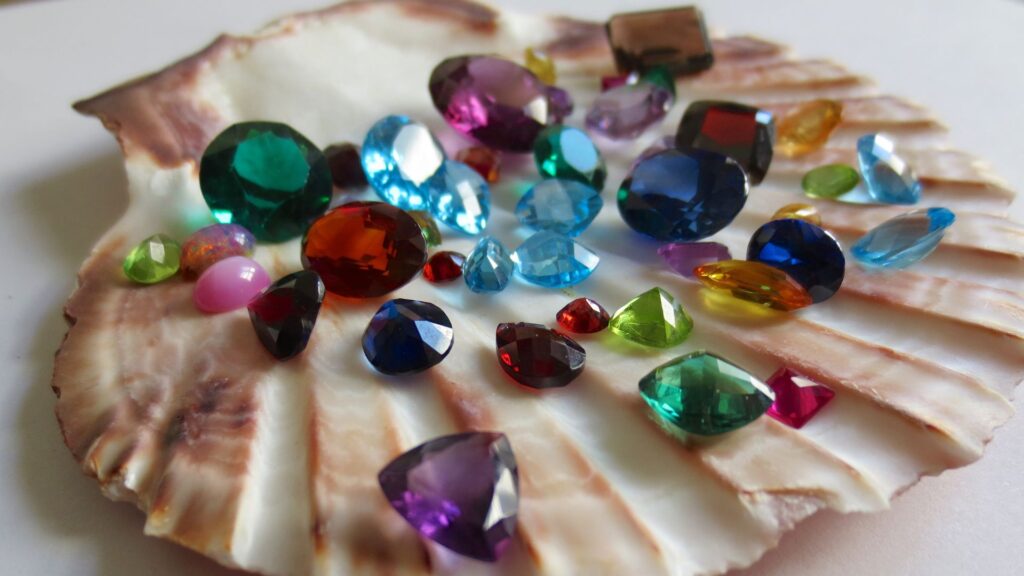
Tools and techniques
The process of setting gemstones into gold jewellery requires specific tools and techniques to ensure the job is done correctly. Here are some essential tools and techniques used by professional goldsmiths:
Essential tools:
Bezel pusher: A bezel pusher is used to press the metal around the edges of the gemstone in a bezel setting, ensuring it’s securely held in place.
Prong pusher: Similar to the bezel pusher, the prong pusher is used to bend and shape the prongs around the gemstone in a prong setting.
Tweezers: Fine-tipped tweezers are essential for holding small gemstones and placing them precisely in the setting.
Ring clamp or holders: These tools help hold the jewellery securely in place while you work, preventing it from slipping or moving around during the setting process.
Gemstone setting bur: A small rotary tool used to carve the gold around the stone, allowing for the precise fitting of the gemstone.
Techniques
Stone placement: For every setting type, the first step is to position the gemstone properly. This is often done by gently placing the stone in the setting using tweezers or by hand, ensuring that it fits securely.
Securing the stone: Whether you’re using prongs, bezels, or channels, the next step is to secure the stone by carefully manipulating the metal around it. With prong settings, this involves bending the prongs over the stone; with bezel settings, it involves folding the metal around the stone. Each method requires precision to avoid damaging the stone.
Finishing: After the gemstone is set, the goldsmith will clean up any rough edges or excess metal and polish the piece to restore its shine.
Common challenges
Setting gemstones into gold jewellery isn’t without its challenges. Some of the most common issues include:
Stone loosening: Over time, gemstones may become loose in their settings, particularly in prong settings. This can be caused by wear and tear or improper setting techniques. To avoid this, ensure the prongs are tightly pressed against the stone and check the setting regularly.
Chipping or cracking: Softer gemstones, like opals or pearls, are more prone to chipping or cracking, especially in prong settings. Using a bezel setting can help protect the stone from damage by encasing it securely.
Uneven settings: Achieving symmetry and balance in a setting can be difficult, especially in channel or bezel settings. It’s essential to carefully measure and ensure the stones are evenly placed, as uneven settings can lead to a poor aesthetic or, worse, a loose stone.
Tips for creating beautiful, long-lasting gemstone settings
Creating a secure and beautiful gemstone setting is a rewarding skill for any jeweller. By choosing the right setting for your gemstones, using the proper tools, and applying precise techniques, you can craft jewellery that not only enhances the beauty of the stone but also ensures it remains secure for years to come. Here are a few tips for achieving the best results:
Choose the right setting: Select the setting type based on the gemstone’s size, shape, and durability. Softer stones should be set in bezel settings for added protection, while harder stones can benefit from the sparkle-enhancing prong settings.
Take your time: Don’t rush the process. Take your time to ensure the stone is securely placed and the metal is properly shaped.
Regular maintenance: Regularly check the settings to ensure stones are still secure, particularly for pieces worn daily, like rings or bracelets.
Let’s recap one more time:
- Proper gemstone setting is crucial for both aesthetics and security, ensuring stones are highlighted and securely fixed in the jewellery.
- Common settings include prong, bezel, and channel settings, each offering different looks and levels of protection for the stones.
- Essential tools for gemstone setting include bezel pushers, prong pushers, tweezers, and gemstone setting burs, along with techniques like stone placement, securing the stone, and finishing.
- Issues like stone loosening, chipping, or uneven settings can arise, but can be avoided by using the right setting, ensuring precision, and regular maintenance.
- Choose the appropriate setting based on the stone’s durability, take your time with the setting process, and maintain the jewellery regularly to ensure long-lasting, secure gemstone settings.
By mastering these techniques and paying attention to detail, you can create beautiful, long-lasting gemstone settings that elevate your jewellery to new heights.
